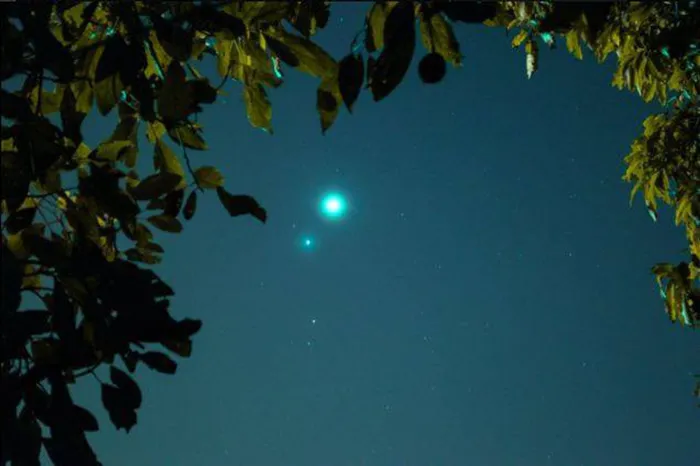Bright planets offer ‘beautiful, rare sight’

Environment Writer
IF YOU are up an hour before sunrise, look east into the predawn sky and you will see what Nasa describes as a “rare and beautiful sight”.
The three bright planets – Venus, Jupiter and Mars – will rise about an hour before the Sun, and during the last days of October, they will be converging in the eastern sky every morning.
Venus and Jupiter are the brightest of the three, Mars a little dimmer.
Nasa said while any day in October was good to see the planets converge, the last week was the best.
“That’s because during this time, the triangle of planets will shrink until it is less than five degrees wide. Of greater significance, however, is what you can see through binoculars,” Nasa said.
“Typical binoculars can see a patch of sky about six or seven degrees wide, so when the triangle of planets shrinks to five degrees, they will all fit inside a binocular field of view. Imagine looking through the eyepiece and seeing three planets – all at once. This rare and beautiful sight is what is waiting to help you wake up.”
If your binoculars are powerful, and held very steady, you may be able to see Jupiter’s four moons. The configuration of the moons, says Nasa, will be different every morning.
By the end of the month, the three bright planets will start moving apart.
However, skywatchers can look forward to another beautiful sight in the pre-dawn skies of November 6 and 7, when the crescent moon will “swoop in among the dispersing planets”.